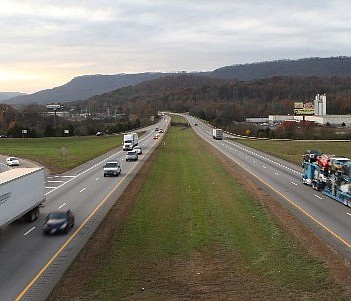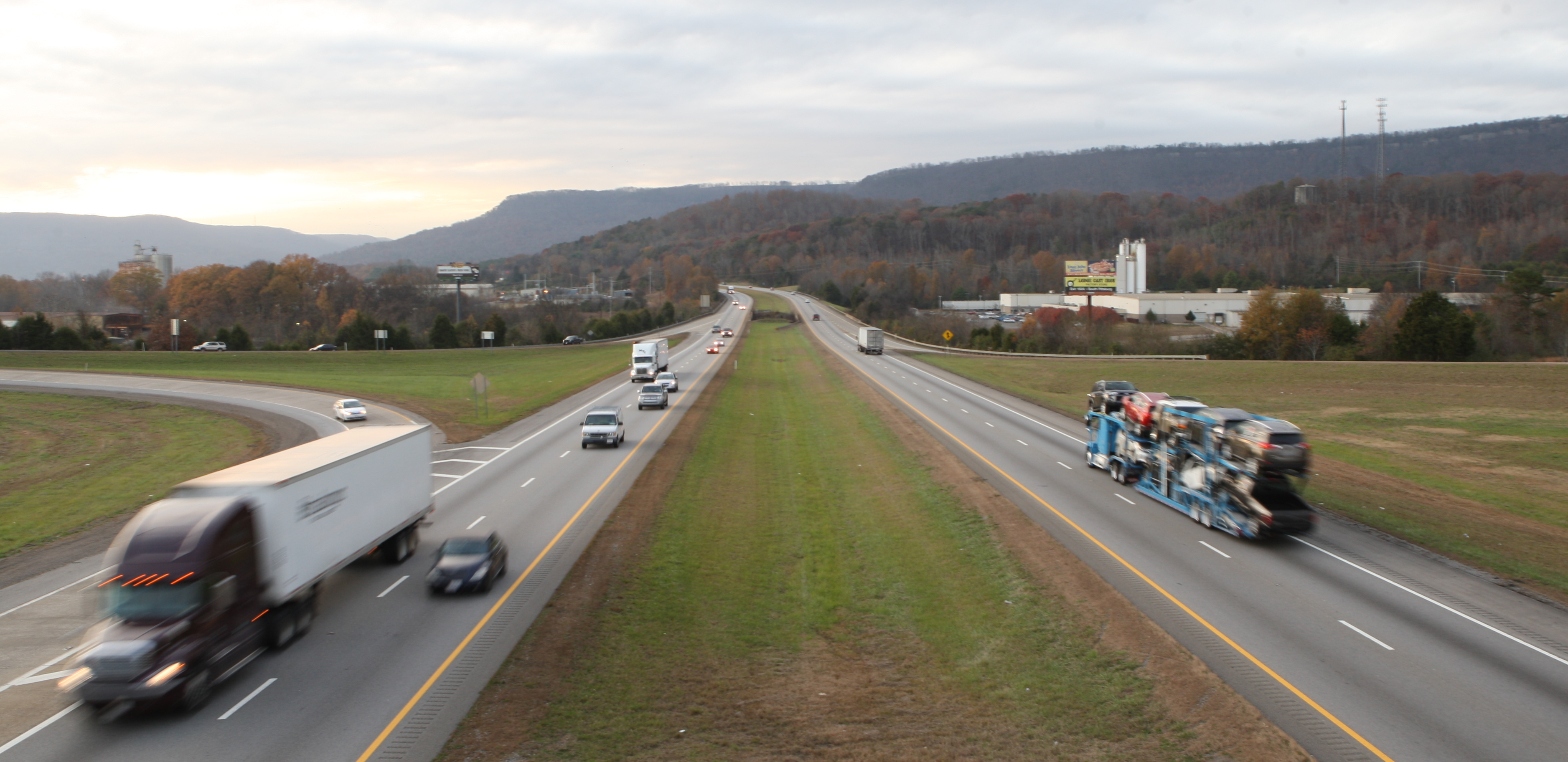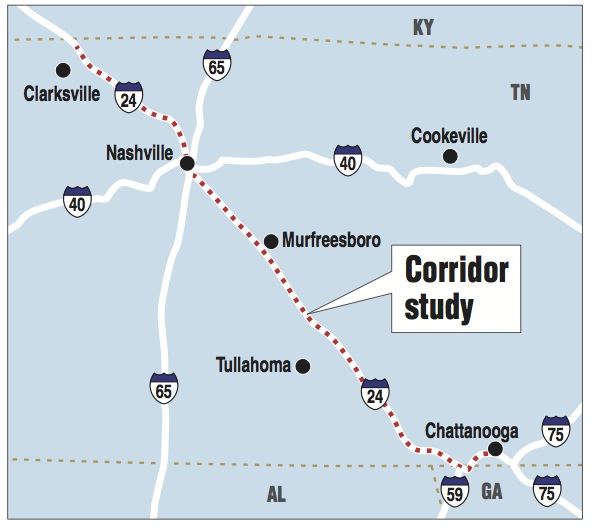COSTLY FIXESExpanding highway capacity or building alternatives are both expensive propositions.* Adding one lane in both directions:Rural/flat: $7 million/mileUrban/mountain: $27 million/mile* InterchangesRural: $8 million-$36 millionUrban: $18 million-$86 million* TransitExpress bus: $100,000-$300,000/mileBus rapid transit: $3 million-$10 million/mileCommuter rail: $5 million-$15 million/mileLight rail: $40 million-$70 million/mileSource: Tennessee Department of Transportation
Solving traffic snarls on Interstate 24 in Chattanooga most likely won't involve building double-decker lanes around Moccasin Bend or drilling a new truck tunnel through Missionary Ridge, as suggested by a couple of commuters.
Given environmental, historical and financial constraints, new traffic lanes and interchanges through the downtown portion of I-24 probably aren't in the cards, either.
But a bevy of lesser solutions could come out in January at the end of a yearlong planning process by the Tennessee Department of Transportation. Expect ideas like improving interchanges, adding truck lanes on grades, extending entry and exit lanes, metered ramps for merging traffic and other fixes short of big new construction projects.
"People always want to add more laneage," said Jennifer Flynn, Region 2 spokeswoman for TDOT. "You'd like to be able to do these big projects, but in reality we have to stay within our means."
Suggestions from the local public have included extending the ramp from westbound I-24 to U.S. Highway 27, lengthening the ramps at Germantown, Belvoir and South Moore roads, and adding HOV lanes and emergency turn-around lanes from the Georgia line to the ridge cut.
The I-24 corridor study, conducted with consultant Atkins North America, aims to find ways to ease congestion and improve safety on the 183-mile highway between Chattanooga and Clarksville, Tenn.
Starting in January, the study has included technical studies, user surveys and public meetings.
Now the results are being boiled down to a set of recommendations that is scheduled to come out around Jan. 30, 2014, said study manager Joan Barnfield in TDOT's Nashville headquarters.
Barnfield cautioned people not to expect orange construction cones to pop up along I-24 right away. It usually takes years to decide which projects are most cost-effective and get them into the planning and construction pipeline.
"Just a list of projects and recommendations, that's all this study is at this point," she said.
A survey completed by more than 500 people -- more than 70 percent of them commuters and business users -- concluded that the top three concerns for the highway were congestion, safety and improved interchanges.
"One of the trends that seems to be consistent across the state is the fact that people are worried about truck traffic," Flynn said. "But until we figure out a better way to get our goods from Point A to Point B, that's something people are going to have to learn to deal with."
Shipping more goods by train or barge is a common suggestion at meetings held to gather public input, Flynn said, but it doesn't solve the "last mile" problem.
"The last time I looked, there's not a train that pulls up to Walmart -- you still have to get goods from the train to the stores."
In fact, technical analysts working on the study project significant increases in truck traffic between 2010 and 2040: from around 2,000 daily trips in Hamilton County to 4,500; from 4,000 in Nashville to 11,000 and from 500 to 1,200 in Clarksville.
The good news is that truck traffic will reflect growth. The study projects a 21 percent jump in Hamilton County's population by 2040, to more than 400,000, and a 14 percent increase in jobs, to around 260,000.
Flynn said any potential solutions in the study to downtown congestion will be constrained not only by money -- federal and state transportation dollars are shrinking even as project costs zoom, and there's no agreement on new ways to pay for road work -- but environmental factors and historic preservation.
"When we built the interstate in the 1960s, people didn't think as much about things as they do now. It would probably be historically and environmentally impossible to do that now," Flynn said.
One local business owner just wishes TDOT would leave well enough alone.
Jim Webster, who owns The Barn nursery just off I-24 with his wife, Cindy, said the most recent project in the corridor a few years ago "closed a lot of businesses" by restricting traffic to a single lane.
"Maybe if they added another lane, that would help," he said.
But he thinks Chattanoogans have it relatively easy.
"It always slows down right in front of us, people going up the ridge cut every day, but if you get on the interstate it really doesn't take that long," he said. "If you go to Atlanta much, you really understand traffic -- I'm not sure we've got as big a problem as they think."


